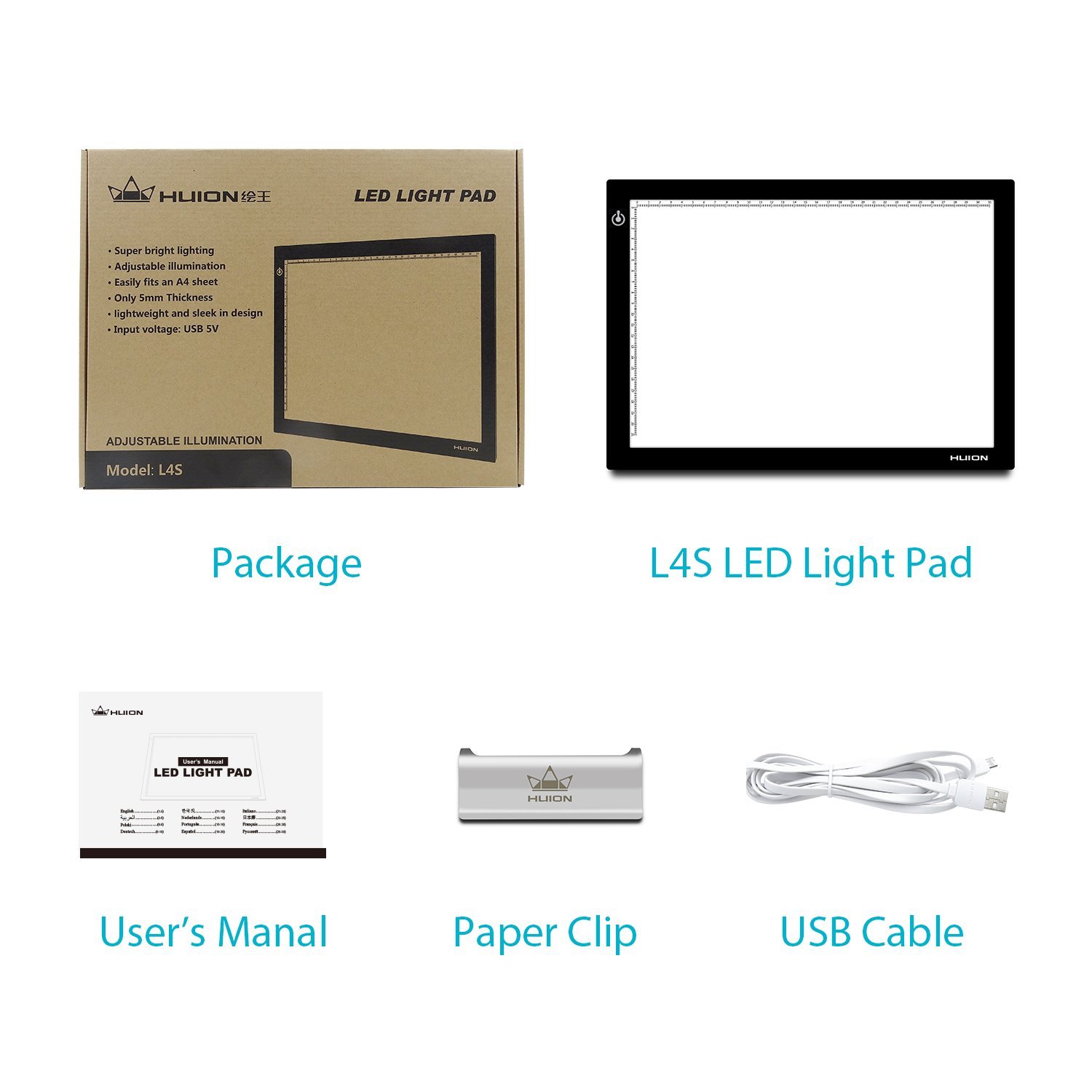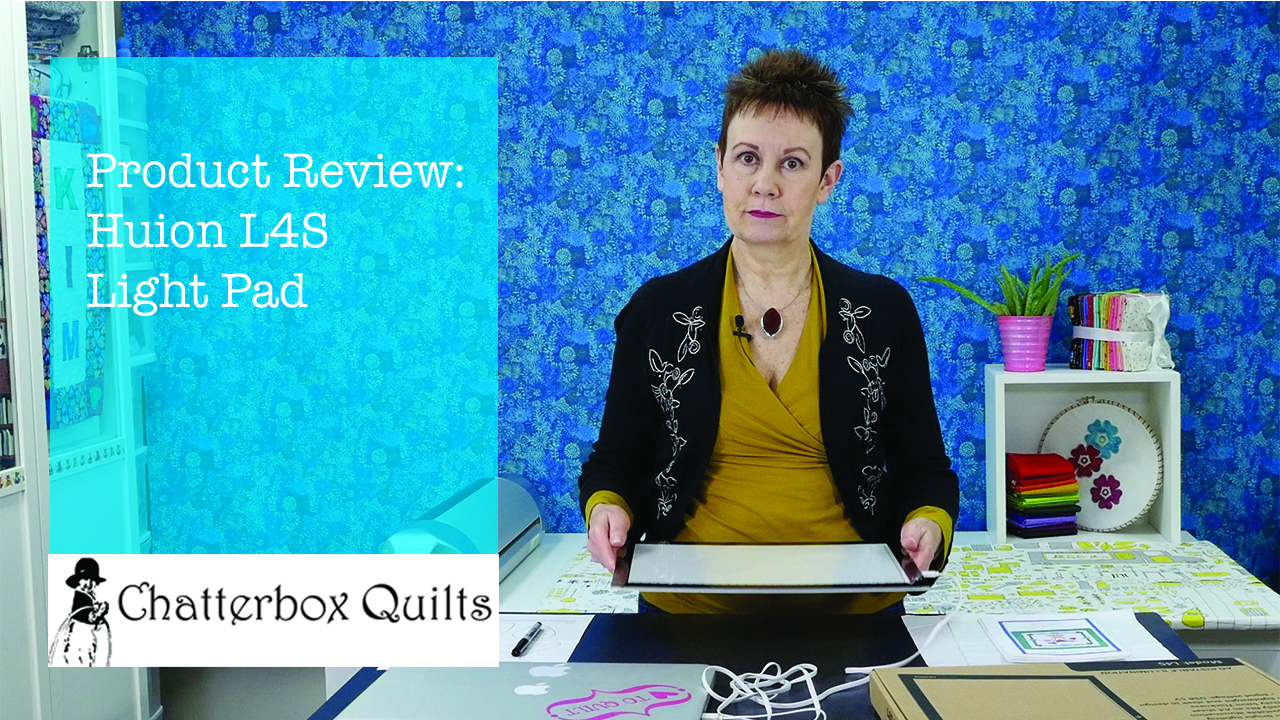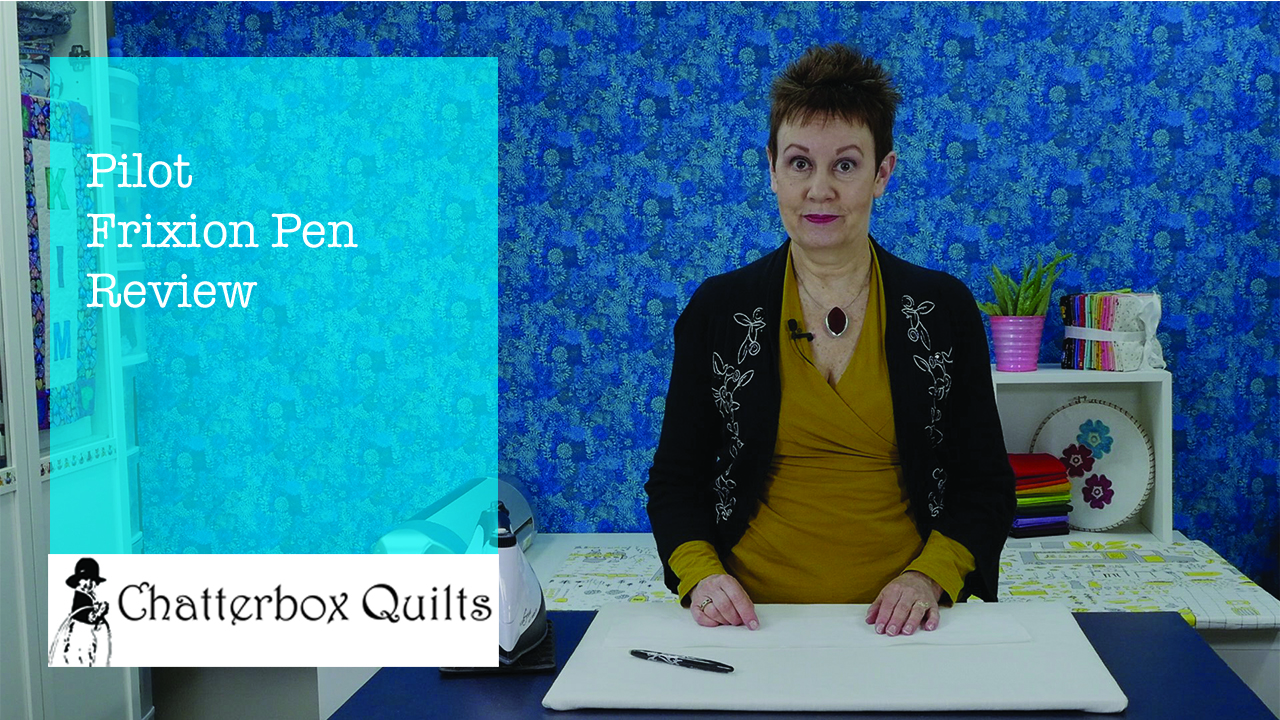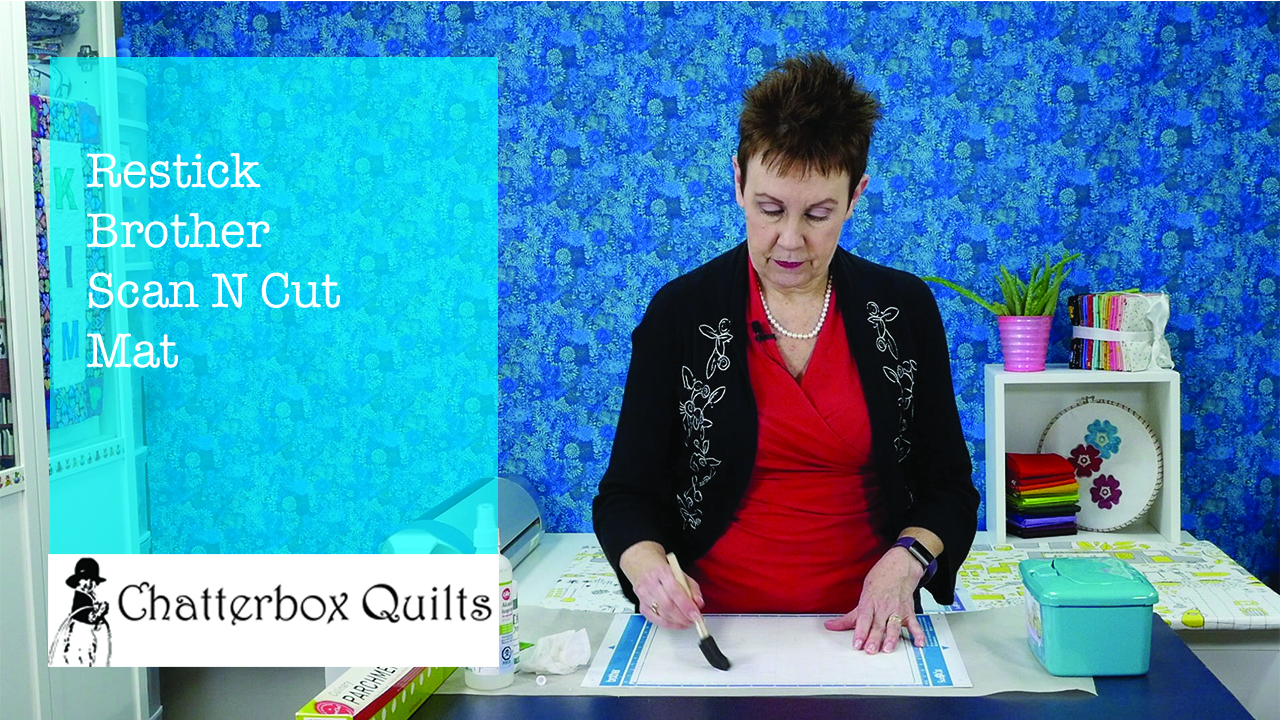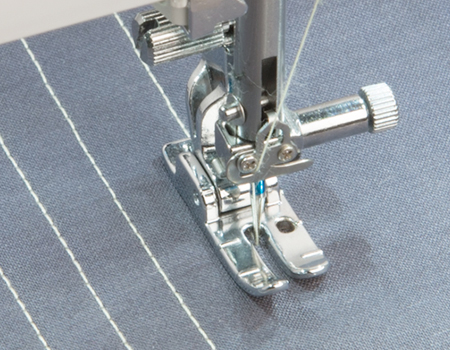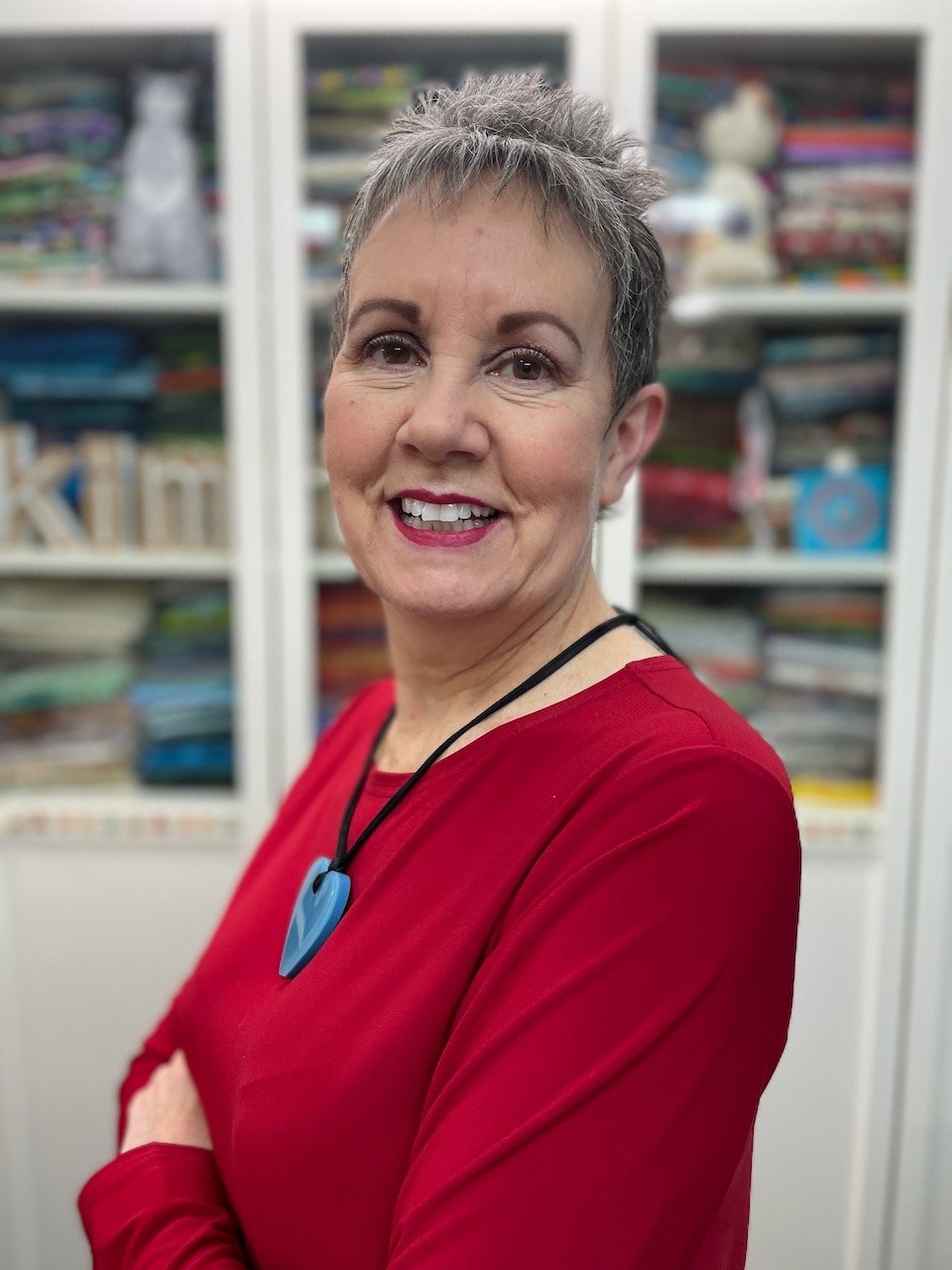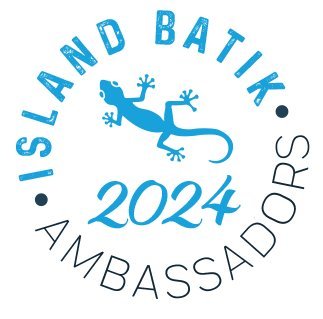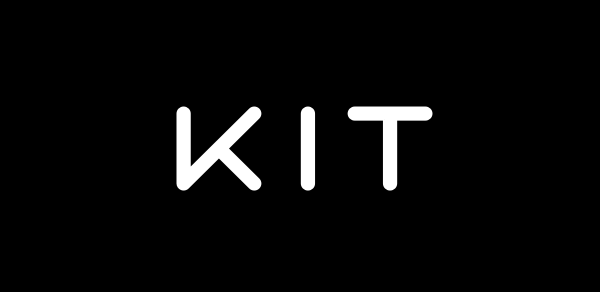
CHATTERBOX QUILTS’ BLOG
Helping Quilters Learn and Improve
What a Beginner Quilter Really Needs
When you first start quilting, you can quickly be overwhelmed by the notions and accessories that you "need" to quilt. Kim shows you what essentials you actually need to have in your tool kit when you first start quilting.
While you may add more items to your quilt studio as you progress in your quilting journey, you really need the following items to start:
A rotary cutter
A cutting mat (or self-healing mat)
A quilting ruler
An iron
A pressing surface (tutorial on making a pressing surface is below)
Pins
Seam ripper (yes, you will use this a time or two!)
Fabric
Batting
Multi-Purpose Quilt Spray (recipe and information below)
Sewing Machine with 1/4" foot, walking foot and free motion or darning foot
To learn more, click on the image below.
What are the essentials that you think a beginning quilter needs? Let me know in the comments below.
Creatively,
P.S. Did you know that you can sign up to receive emails full of FREE quilting goodness? Click here to receive FREE content directly in your email inbox every few weeks from Chatterbox Quilts. I know you'll be glad you did!
Product Review: Huion L4S Light Pad
After years of tracing appliqué designs onto fusible web without the aid of a light table, I finally gave in and purchased a light pad to make it easier to do this. While I’ve been using a window, when required, this doesn’t work very well at night, so I thought that having a light pad would be a big help.
I hadn’t looked at light tables or pads for several years and was pleasantly surprised to find that there have been big improvements in this area. Previously light tables were thick and bulky and were rather pricey. In searching for a light pad, I discovered that there are now a variety of choices in different price points making it easy for you to find exactly the size you want at a price with which you can be comfortable.
I chose the Huion L4S light pad due to the price point and the size. While I do have to plug it into the USB port on my laptop to use it (I could’ve bought a battery option, which was quite a bit more expensive), I don’t find that this is an inconvenience.
Once I’ve plugged it into my laptop, I press the button to turn it on and hold my finger there until it reaches the desired brightness. The nice feature of this light pad is that the light on it is dimmable. By simply keeping my finger on the on/off button, the light on it will dim. A nice feature to have! The Huion L4S light pad is also surprisingly lightweight and thin. This makes it easy to transport and store as well.
I found that the light on the Huion L4S was bright enough, not only for me to trace through fusible web, but also to trace on freezer paper. I hadn’t expected that and was pleasantly surprised by this ability.
I’m happy with this purchase and look forward to putting it to use on my next fusible web appliqué project. If you are considering purchasing a light table, I can definitely recommend the Huion L4S light pad.
To see more features of the Huion L4S light pad, click on the image below to watch a video on my YouTube channel.
Creatively,
P.S. Did you know that you can sign up to receive FREE emails full of quilting goodness? Just click here to receive FREE content directly in your email inbox every few weeks from Chatterbox Quilts. I know you'll be glad you did!
P.P.S. I am an Amazon affiliate and will receive a small amount of compensation if your purchase a product by clicking through links in this blogpost. This allows me to continue to provide you with FREE content each week. Thank you.
Product Review: Pilot Frixion Pen
Looking for the perfect pen to use on tracing appliqué or embroidery designs on fabric? Well, the truth is that there isn’t one perfect pen: there are air erasable, water erasable, chalk, etc. and each of them have their pros and cons. My favourite temporary marking pen to use is the Pilot Frixion pen. It creates an easy to see mark that can be erased later by the heat of an iron.
There is one possible problem: there are rumours that the marks might come back when exposed to cold. To see if this was true, I decided to put the Pilot Frixion pen to the test.
I could easily remove the marks made by the Frixion pen with my iron as the ink is removed with heat. Remember, these pens were originally designed to be used on paper and not for fabric (don’t use a Frixion pen to write a cheque!). While the marks came off easily using an iron, I wanted to see if they would come back when exposed to extreme cold.
After tracing a few designs onto cotton fabric, I put the sample in my freezer and left it overnight. I thought that this would probably be the coldest that my fabric might ever get – and hopefully it never gets this cold in my studio! The marks did come back on the fabric, but I could still easily remove them again with the heat of an iron.
There can be similar issues with other types of temporary fabric marking pens, so always be sure to do a test before you use a product on your fabric and find out that the marks come back and can’t be erased again.
To learn more about using Pilot Frixion pens on your fabric projects, click on the image below to watch a video on my YouTube channel.
If you haven’t tried out the Pilot Frixion pen, I would encourage you to do so. They are inexpensive and readily available in most office supply stores or you can click here to get some for your studio.
Creatively,
P.S. Did you know that you can sign up to receive FREE emails full of quilting goodness? Just click here to receive FREE content directly in your email inbox every few weeks from Chatterbox Quilts. I know you'll be glad you did!
P.P.S. I am an Amazon affiliate and will receive a small amount of compensation if your purchase a product by clicking through links in this blogpost. This allows me to continue to provide you with FREE content each week. Thank you.
Restick Your Brother Scan N Cut Mat
After you’ve used your Brother Scan N Cut mat over and over, you’ll find that it tends to lose its stickiness. I was looking for a way to refresh my mats so I could delay purchasing any more – yah, I can be cheap that way!
I usually use my Brother Scan N Cut for cutting fabric and the method I’ve found is great for resticking mats you would use for fabric cutting. I wouldn’t suggest using this method on a mat on which you intend to cut paper or cardstock as it will make the mat really sticky and will probably make it very difficult to remove paper items.
Here’s what you’ll need to restick your Brother Scan N Cut mat:
Rubbing alcohol (in a spray container, if possible)
Used credit or gift card
Aleene’s Tack-it Over and Over Repositionable Glue
The mat you want to restick
Once you’ve gathered all of your items together, cover your working surface with some parchment paper and place the not-sticky-but-soon-to-be mat on top of it. If you have a high tack adhesive fabric support sheet on top of your mat, remove this first.
To clean the mat, spray it with rubbing alcohol. Once the mat is wet, use the baby wipes and/or the used gift or credit card to get off all of the bits and pieces of lint, thread or what have you that has stuck to the mat. I find the plastic gift card works really well to scrape off those pieces that are a bit stubborn. Be sure to use the rubbing alcohol in a well ventilated area.
Once the mat is clean, it should no longer be sticky. You’ll need to let it dry thoroughly before the next step.
Once the mat is completely dry, it’s time to make it sticky again! Take the Aleene’s Tack-it Over and Over Repositionable glue and apply it to the mat inside the blue or purple lines on the mat – in the area where you would normally affix the fabric. Use the paint brush to wipe the glue evenly over the mat and let dry completely.
Once it is dry, it is ready to be put to use. You’ll certainly notice how sticky it now it! Be sure to keep the mat clean by covering it with the clear vinyl that came with it and clean it with a baby wipe in between cuttings.
Once the mat starts to lose its stickiness, you can just repeat the process again!
Click on the image below to watch a video on my YouTube channel showing you the entire process.
P.S. Did you know that you can sign up to receive FREE emails full of quilting goodness? Just click here to receive FREE content directly in your email inbox every few weeks from Chatterbox Quilts. I know you'll be glad you did!
P.P.S. I am an Amazon affiliate and will receive a small amount of compensation if your purchase a product by clicking through links in this blogpost. This allows me to continue to provide you with FREE content each week. Thank you.
Janome 9400 HP Foot and Needle Plate
While most sewing machines come with two needle plates: a straight stitch and a zigzag plate, the Janome Horizon Memory Craft 9400 QCP comes with an additional needle plate and a special foot that goes with it. The HP foot and needle plate combination are wonderful for quilters who are striving for that perfect 1/4" seam and there are several beautiful straight stitch choices that you can create. I love this new HP foot and needle plate combination available on the Janome 9400 and it has become my go-to choice for piecing!
The HP (High Performance, or as I like to call it, Happy Piecing) foot is a bit different from the other feet included with the Janome 9400: it is already permanently attached to its own presser foot bar. See, it really is special!
The HP needle plate is a straight stitch plate which helps to give you a lovely straight line of stitching and avoids any needle flex going in and out of the fabric. You won’t be able to do any zigzag with this needle plate in the machine as it won’t let you. Well, you could probably find a way around it if you tried really hard, but when you pop in the HP needle plate, the Janome 9400 will only show you the straight stitches that you will be able to stitch. This avoids having to worry about selecting another stitch type that might cause the needle to hit the foot and break the needle and damage the machine.
As a quilter, I don’t usually look at the other straight stitches available, but if you are a sewist, there are some really nice triple stitch options that would look amazing if you are top stitching. I could certainly see how some of these stitches would make nice embellishment details on a collar or on shirt cuffs. While the Janome 9400 will suggest the stitch length, you can always change the look of the stitch by making it shorter or longer.
To see some of the straight stitch options available using the HP foot and needle plate, click on the image below to watch a video on my YouTube channel.
Creatively,
P.S. Did you know that you can sign up to receive FREE emails full of quilting goodness? Just click here to receive FREE content directly in your email inbox every few weeks from Chatterbox Quilts. I know you'll be glad you did!
P.P.S. I am an Amazon affiliate and will receive a small amount of compensation if your purchase a product by clicking through links in this blogpost. This allows me to continue to provide you with FREE content each week. Thank you.
Welcome! I’m Kim Jamieson-Hirst of Chatterbox Quilts, a YouTube creator and host of The Quilter’s Way. I believe that quilting is more than just a 1/4” seam and that practice makes improvement and you are improving every day!
Contact me at kjh@chatterboxquilts.com.
Want to improve your quilting and have fun doing it? Join The Quilter's Way, a private online membership site that creates successful quilters.
As an Amazon Associate I earn from qualifying purchases from links that you may find on the Chatterbox Quilts’ website.




